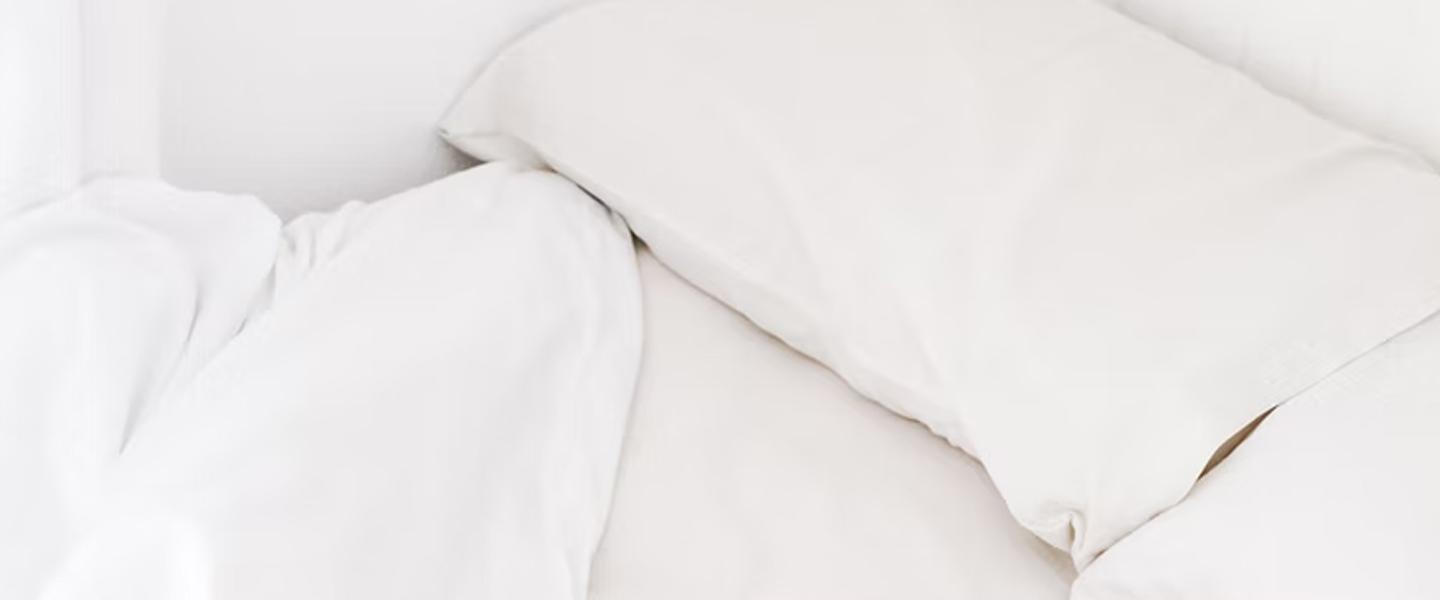Best Pillow For Side and Back Sleepers
There's no doubt that your pillow can affect your sleep quality. When you don't get the support you require, those troublesome aches and pains can quickly begin to cause problems, leading to a disrupted night's sleep and feeling groggy and miserable the next day.
And that's not good for your overall wellbeing.
The type of pillow you require will very much depend on your preferred sleeping position. Those who sleep on their side will have different requirements than those who sleep on their back, but how do you choose which type of pillow is best for you?
We have compiled this guide to help you choose the perfect pillow for your sleeping position, so you know exactly what to look for in a brand new pillow, allowing you to get the best night's sleep possible.
Side sleepers
Most of us here in the UK are side sleepers, and with good reason. This sleeping position reduces snoring, helps minimise the effects of acid reflux, and helps eliminate lower back and certain joint pain.
So, what type of pillows do those who sleep in this position need?
Types of pillows for side sleepers
There are three main types of pillows for side sleepers which we will look at below.
Memory foam pillows
Because of its dense structure, a memory foam pillow will allow you extra support precisely where it is needed - on the neck and shoulders.
Side sleepers can often suffer from their spine being out of alignment due to the position of the head being either too high or low, which in turn can create a lot of unpleasant pain and discomfort. The best memory foam pillow for side sleepers will be firm, bringing a lot of relief to your neck and shoulders.
Firm pillows
A firm pillow will help keep the head straighter than it usually would whilst supporting both the neck and shoulders.
Orthopaedic pillows
If you are a side sleeper, you may consider an orthopaedic pillow. These are designed to correct and hold how your body is positioned while you are sleeping, meaning both the spine and neck are aligned, and there's little risk of sore pressure points developing. For side sleepers, a firm orthopaedic pillow is recommended.
Side sleepers: choosing a pillow
So, now you know the best pillow types for side sleepers, you will want to know precisely how to choose the best pillow for you. There are several factors to take into consideration.
Neck pain
Neck pain is a common complaint amongst many of us, but for side sleepers, it can be an unrelenting pain due to the position in which they sleep. Medium to firm pillows give extra support and allow your head and back to remain adequately aligned as you sleep.
These pillows are meticulously designed to conform to the strict guidelines outlined by medical professionals, so you know they will do the job of boosting your sleep quality.
Allergies
If allergies are a problem for you as a side sleeper, you should consider a firm anti-allergy pillow. Whether you suffer from asthma or skin problems, these pillows can stop certain allergens in their tracks, including mould and those horrible little dust mites which can make allergy symptoms difficult to manage when it comes to bedtime.
Overheating
Are you prone to getting too hot at night? A cooling pillow is an excellent option for side sleepers that are also hot sleepers, as they are designed with breathability in mind and allow lots of airflows, meaning you don't have to be resigned to waking up with a sweaty face at night.
Number of pillows
As a side sleeper, it's recommended that you sleep with just one pillow - make sure this is at least medium-firm as it will better support both your head and neck. However, not everyone can sleep with just one pillow, so if this is you, try using two pillows, but to avoid any unnatural bending of the head, stick to softer pillow types.
Back sleepers
Sleeping on your back can do wonders for preventing premature wrinkles on both the face and chest. There is also some evidence to suggest that it can help prevent tension headaches and relieve sinus buildup.
But what are the best pillows for back sleepers?
Types of pillows for back sleepers
If you are a back sleeper, there are two different types of pillows.
Medium pillows
Because of its gentle depth, a medium-firm pillow is advised if you sleep on your back. You can easily maintain your position on your back without your head becoming too pressured and straining your neck, and in turn, hurting your upper back.
Hollowfibre pillows
Hollowfibre pillows are another excellent choice for those who sleep on their back. They won't allow your head to move too low so that you won't feel any strain. Your head position won't be manipulated during the night as the pillow's fullness will keep your neck and head perfectly in balance.
Back sleepers: choosing a pillow
Again, similar to side sleepers, those who sleep on their back can be affected by both temperature and allergies. We have outlined the best pillows to use if you sleep in this position and suffer from either complaint.
Temperature
If you get too warm at night and find your face, head and neck becoming a bit sticky, you can use a cooling pillow, which, as previously mentioned, provides a great deal more airflow that will allow you to stay cool. If you are one of many hot sleepers, look for a medium firmness pillow of this type if you sleep on your back.
Allergies
Allergies can be difficult to manage, particularly at night; we recommend an anti-allergy pillow that will allow you to manage your symptoms much more easily. Again, if you sleep on your back, look for anti-allergy pillows that aren't overly firm but firm enough that they will support your head and shoulders with ease.
Number of pillows
Individuals who sleep on their back should ideally use just one pillow. This will allow the spine to stay more neutral and help promote better posture. One pillow gives just the right amount of height without putting undue stress on the neck.
However, some who sleep on their back prefer two pillows, and while not ideal for your back, it all comes down to personal preference.
The difference between side sleeper and back sleeper pillows
In short, we have seen that the best pillows for side sleepers are ones that are firmer and allow support in-between the neck and shoulders. Using a pillow that's too soft can drastically affect the alignment of the neck and cause a lot of pain and discomfort when used regularly.
Those who sleep on their backs should look at medium firmness pillows, so that head is not propped up too much, but at a level that allows the back and neck to maintain a good alignment.
Combination sleepers
If you are a combination sleeper - someone who alternates their position regularly - you will require a pillow that can accommodate these changes in position.
Adjustable pillows are perfect for this type of sleeper. If the pillow is too high, some of the fill can be removed, or if you feel the pillow is too low, you can add to it to gain more height. The best adjustable pillow will come in a variety of pillow lofts, so you can decide exactly the height you want to start with and make your adjustments from there.
Many combination sleepers swear by memory form pillows because of how they can adapt to the shape and feel of your body very quickly.
What to look for in a pillow
You need to keep several things in mind when deciding which are the best pillows for side sleepers and those who prefer to sleep on their backs.
Firmness
Side sleepers should consider pillows that are on the firmer side, while those who sleep on their backs should look at more medium firmness options.
Loft
The loft is the height of a pillow. Side sleepers should consider a higher loft than those who sleep on their back. High loft pillows will have more filling, which makes more cushioning under the head.
If you are a combination sleeper, you can purchase a pillow that comes with an adjustable loft. These adjustable pillows are a great choice if you find yourself changing sleeping positions during the night.
Material
When it comes to materials, regardless of whether you are a side sleeper or prefer sleeping on your back, you want the pillows to go the distance.
Better materials mean a longer life and extra durability, and although more expensive, they pay off financially in the long run because you won't have to replace them so often.
For example, memory foam is a very popular option for a pillow for side sleepers as well as those who side on their backs. They also last a very long time. Other popular examples are pillows filled with natural materials, such as a down pillow, as they hold their shape well.
Ultimately, the best pillow material is down to personal choice.
Our top tips for back and side sleepers
It isn't just the type of pillows you choose that can influence a good night's sleep; other factors can affect your sleeping quality.
Choosing the right mattress will go a long way in helping you sleep soundly. Many mattresses on the market have been specially developed for both those sleeping on their backs and side sleepers as well as combination sleepers.
If, however, a new mattress is not something you are currently looking for, a simple and affordable mattress topper can help improve your sleep quality.
One great tip for maintaining the spine's natural position is placing a pillow under your knees when you lie on your back or between your knees if you lie on your side. Not only will your back thank you for it, but it's also a surprisingly comfortable sleep position for many.
Replacing pillows
Whether you're a side sleeper or prefer to slumber on your back, it's really important that you think about replacing your pillows every couple of years. A pillow older than two years has had its day and definitely should be replaced with some new comfy ones. As for pillows' age, they lose their ability to support the head, leading to neck pain.
And speaking of sore necks, if you find that you are waking up with neck pain regularly, but your pillows aren't quite two years old, it might be time to consider buying some new ones. However, first, ensure that you aren't sleeping on too many pillows before you do.
If your pillows get heavily discoloured, it's definitely time for some new ones. Sweat can build up, and it's not very hygienic to sleep on, so some brand-new pillows are definitely a must! And to protect your pillows, you can think about using a pillow protector that will limit the amount of dirt, dust, and sweat that gets directly onto your pillow.
Breaking in new pillows
A brand new pillow will at first require some breaking in as many pillows when they are new are much stiffer than a pillow that's been used a lot. This is particularly true of pillows made from memory foam that require a bit of use before they feel at their best. Thankfully, this only takes a night or two to complete.
How to wash pillows
It's important to remember that you cannot wash all types of pillows. Shredded memory foam pillows cannot always be put in the washing machine, but those made from other materials such as like feather pillows can be put straight in the machine.
You can always refer to the specific manufacturer's instructions if in doubt, but it is always advised to keep your pillows as fresh and clean as possible.
Check out our guide on how to wash pillows for more guidance.
FAQs
What's the ideal sleep position?
While the ideal sleeping is generally thought by experts to be sleeping on your back, which is better for the head, spine and overall body, there are advantages to sleeping on your side. These include reducing snoring, helping to minimise the effects of acid reflux and can eliminate certain lower back and joint pain.
How many pillows should you sleep with?
While experts largely recommend sleeping with just one pillow under your head, whether you are a side sleeper or prefer sleeping on your back, it all comes down to what feels the most comfortable for you. Just be mindful that the position of your pillows that feels the best for you might not feel the best on your neck or back the next day.
What are the benefits of memory foam pillows?
A pillow made of memory foam will not require as much adjusting throughout the night. Memory foam is also hypoallergenic, so they are great for those with allergies. They also help align the spine, and certain types of pillows made from memory foam can help you regulate your temperature.
How often should I wash my pillows?
Any pillow for side the or those that sleep on their back should be washed every other month if you use a pillow protector. If you aren't using these, then ideally, your pillows should be cleaned every few weeks to clear sweat, dirt and any bed mites. Some memory foam pillows will need to be hand-washed, so bear this in mind.
Choose the right pillow for you
Knowing what pillows are best to use to sleep comfortably can be challenging. Hopefully, our guide has been helping you make an informed choice about any future pillow purchases, regardless of whether you are a back sleeper or a side sleeper.
Just remember the general rule; those who sleep on their back will require softer pillows than side sleepers.
At Sleepseeker, we have a range of bedding to choose from including duvets, luxury pillows and electric blankets.
What's trending now...
-
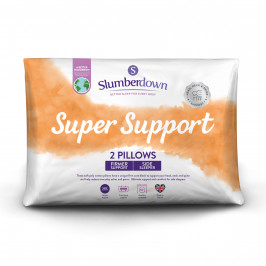
Slumberdown Super Support Firm Support Side Sleeper Pillow, 2 Pack
£17.00
Shop Now -
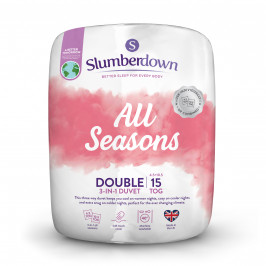
Slumberdown All Seasons Combi 15 Tog (10.5 + 4.5 Tog) Double Duvet
£30.50
Shop Now -
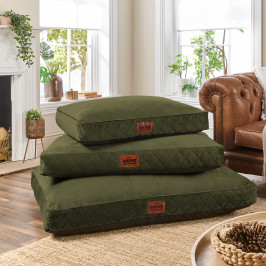
Slumberdown Paws for Slumber Olive Green Pet bed, Medium
£39.00
Shop Now -
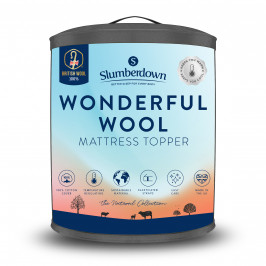
Slumberdown Wonderful Wool Mattress Topper
From: £54.50
Shop Now -

Slumberdown Paws for Slumber Extra Large Pet Bed Spare Cover, Grey
£20.00
Shop Now -

Slumberdown Anti Allergy Pillow Protector - Pack of 2
£15.50
Shop Now -
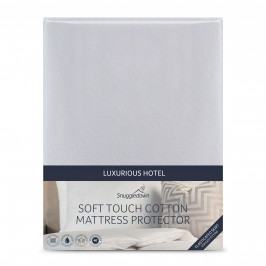
Snuggledown Luxurious Hotel Cotton Waterproof Mattress Protector, Double
£23.50
Shop Now -
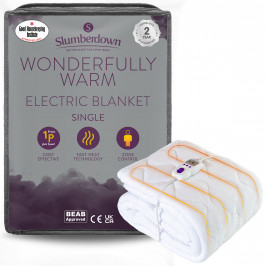
Slumberdown Wonderfully Warm Electric Blanket - Single
£60.00
Shop Now -
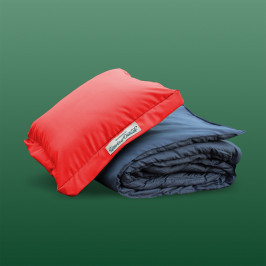
Slumberdown Unwind Outside 2-in-1 Waterproof Cocoon Set, Burnt Orange
£30.00
Shop Now -
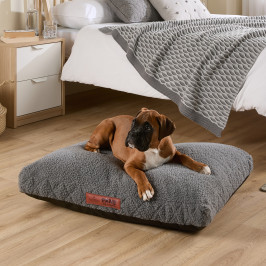
Slumberdown Paws For Slumber Sherpa Pet Bed, Medium
From: £25.00
Shop Now -
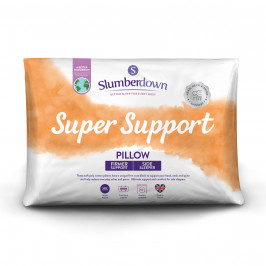
Slumberdown Super Support Firm Support Side Sleeper Pillow
From: £17.00
Shop Now -
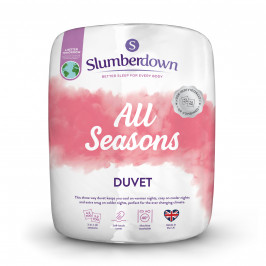
Slumberdown All Seasons Combi Duvet
From: £25.50
Shop Now -
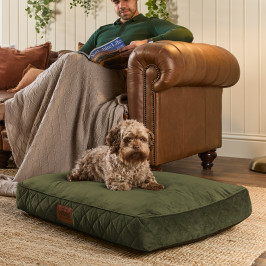
Slumberdown Paws for Slumber Medium Pet Bed
From: £39.00
Shop Now -
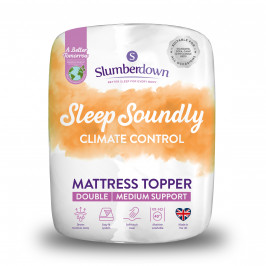
Slumberdown Sleep Soundly Climate Control Mattress Topper, Double
£33.50
Shop Now -

Slumberdown Paws for Slumber Extra Large Pet Bed Spare Cover
From: £20.00
Shop Now -

Slumberdown Anti Allergy Pillow Protector
From: £15.50
Shop Now -
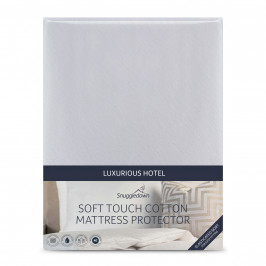
Snuggledown Luxurious Hotel Cotton Waterproof Mattress Protector
From: £19.50
Shop Now -
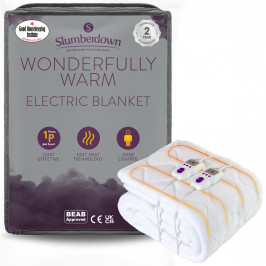
Slumberdown Wonderfully Warm Electric Blanket
From: £60.00
Shop Now -

Slumberdown Unwind Outside 2-in-1 Waterproof Cocoon Set
From: £30.00
Shop Now -
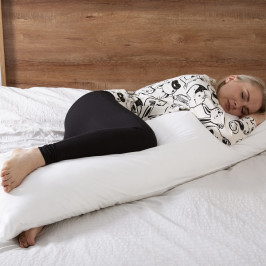
Slumberdown Body Support Pillow, 1 Pack, Includes 100% Cotton Pillow Case
£20.00
Shop Now -
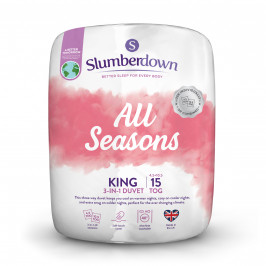
Slumberdown All Seasons Combi 15 Tog (10.5 + 4.5 Tog) King Size Duvet
£34.00
Shop Now


